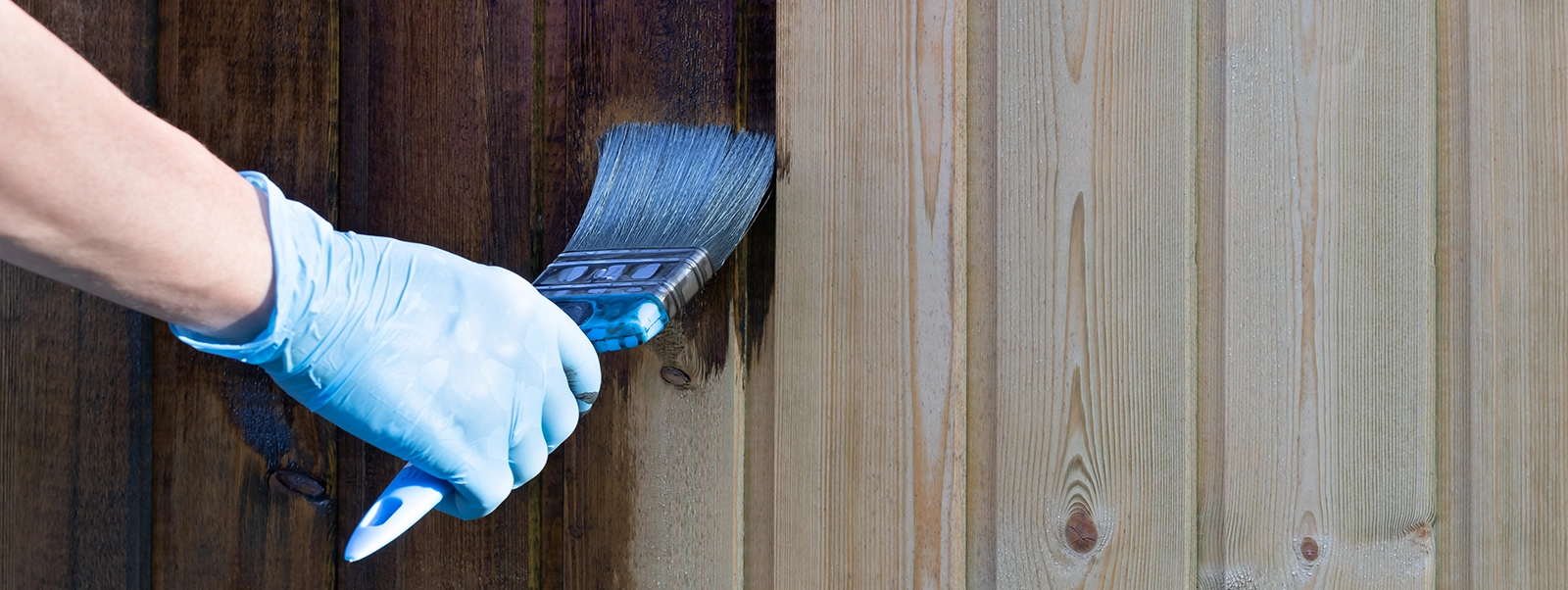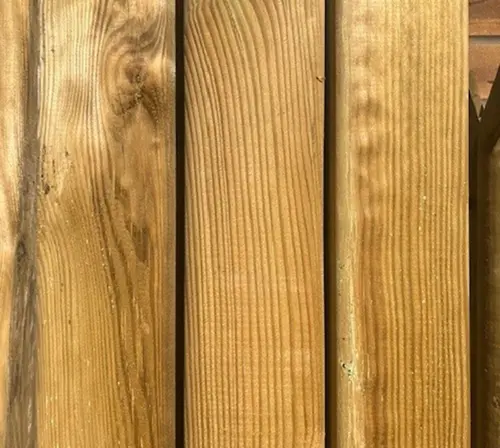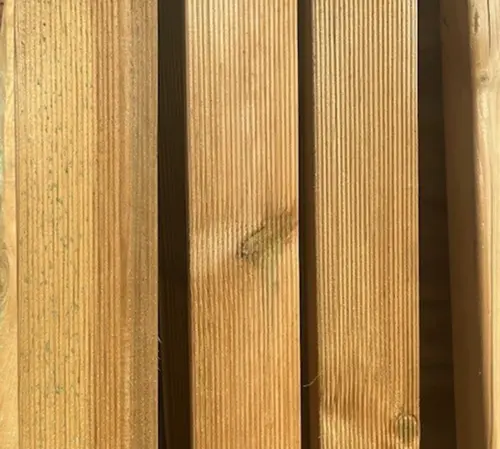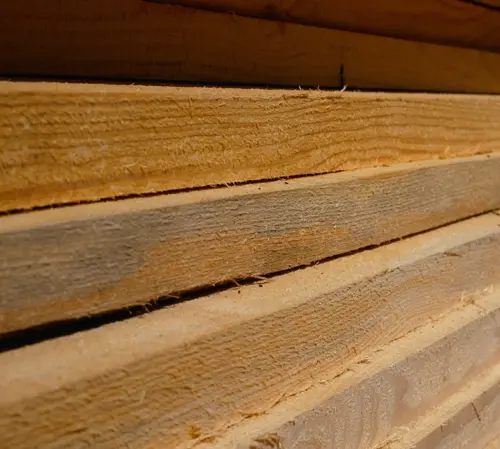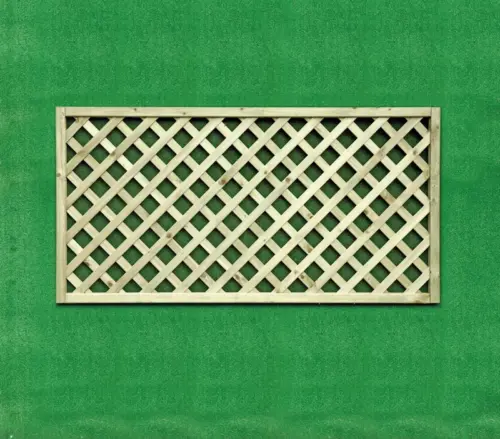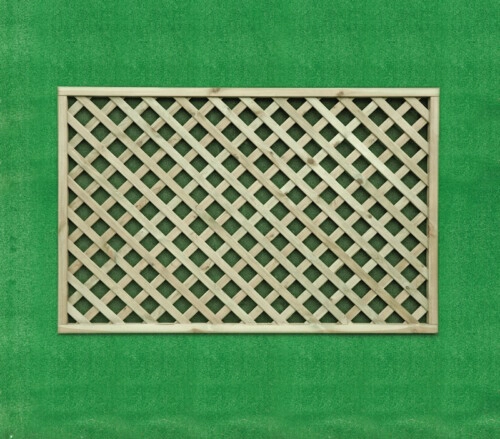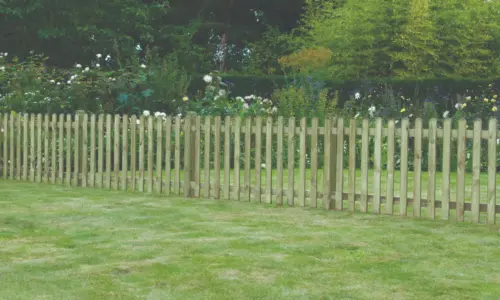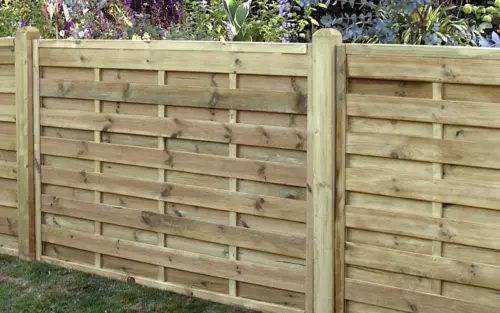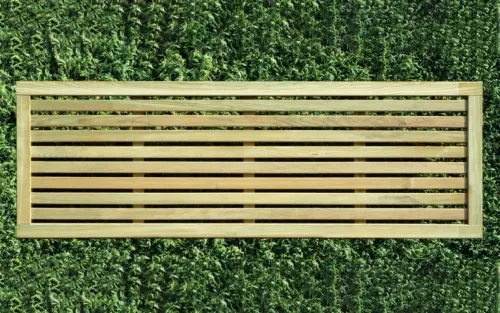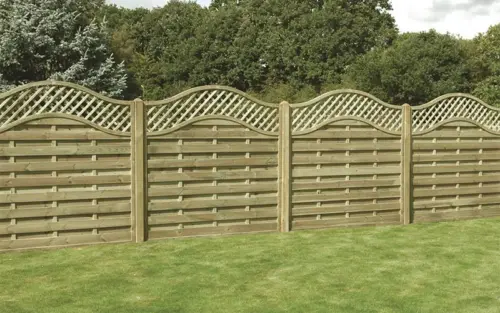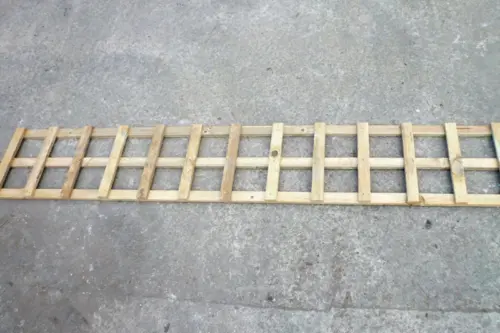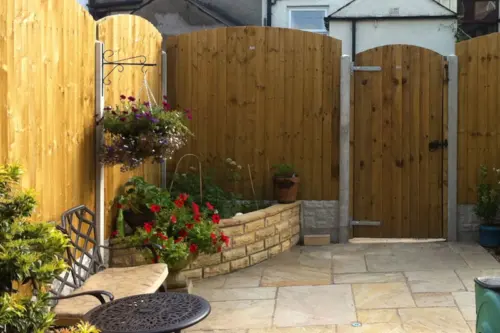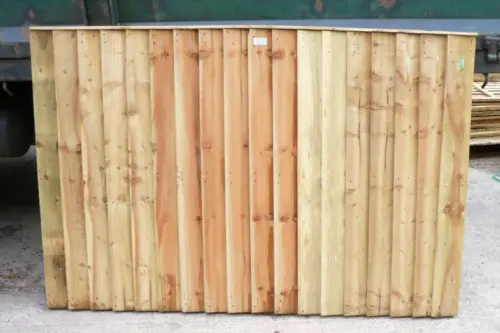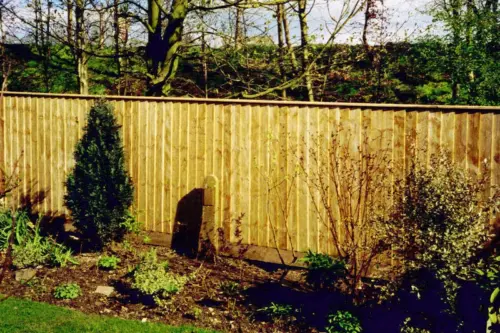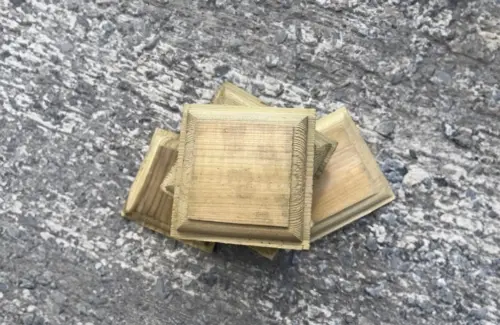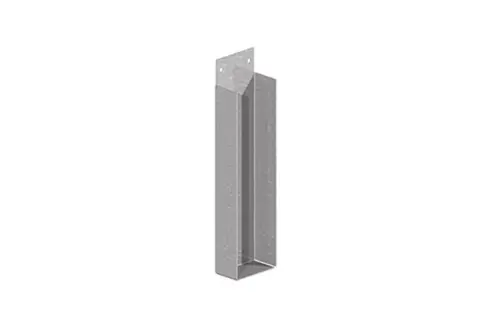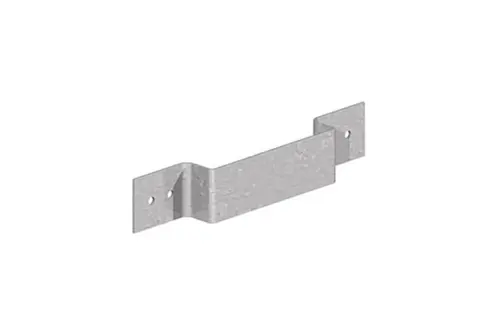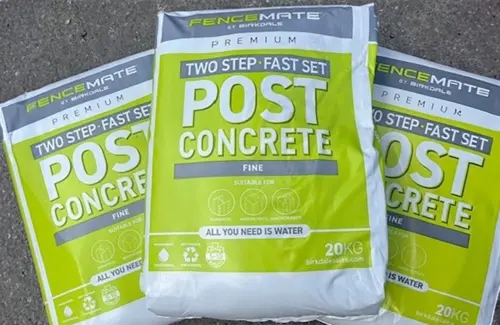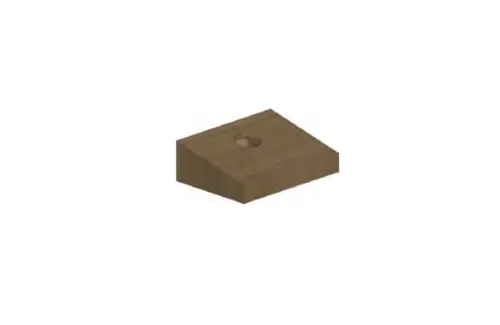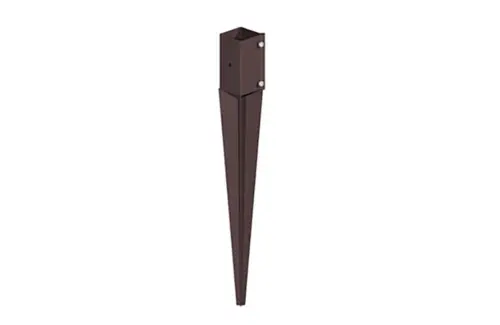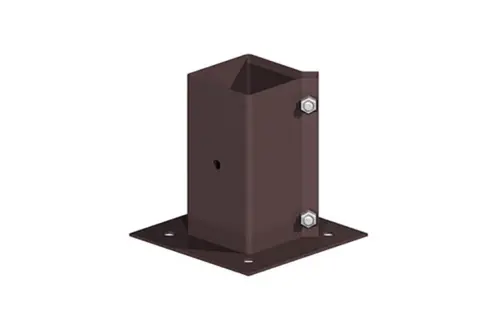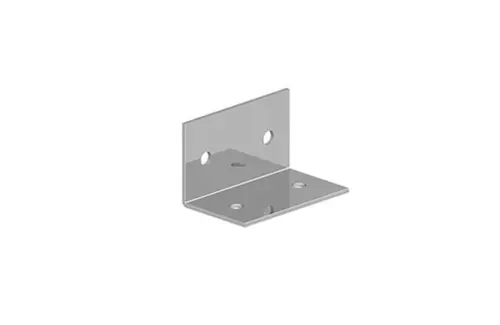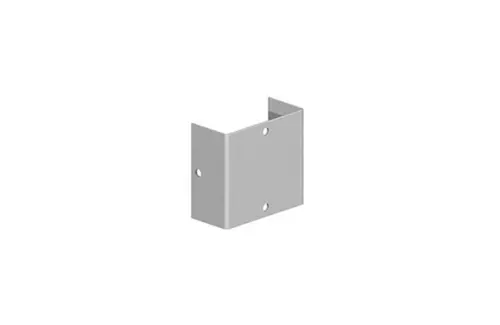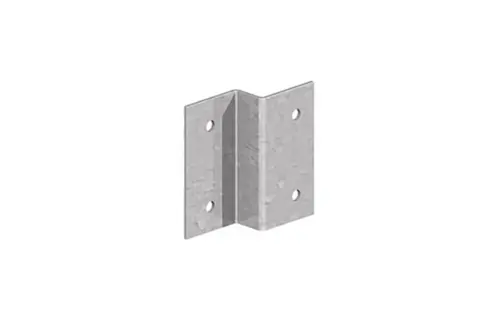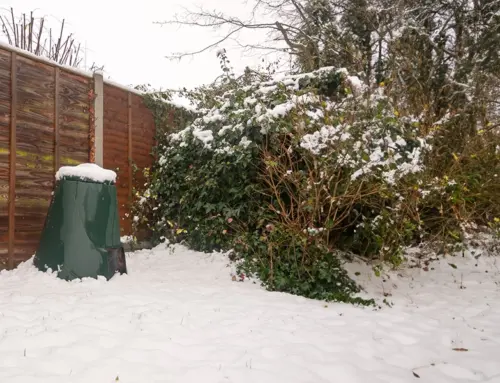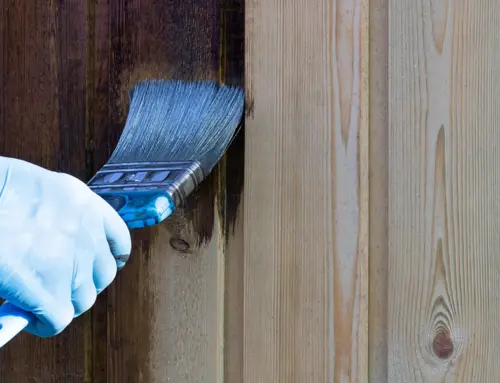When it comes to enhancing the aesthetic appeal of your garden, one common question that arises among homeowners is, “Should I paint or stain my fence?” Understanding the differences between painting, staining, and treating your fencing is crucial in making an informed decision that will benefit the longevity of your timber and the overall look of your property.
Understanding the Differences
Before diving into the finer points, it’s important to clarify what painting, staining, and treating entail:
- Painting: This method involves applying a coloured coating that sits on top of the timber, effectively hiding the natural grain. Paint offers a wide variety of colour choices but may require meticulous preparation and maintenance over time.
- Staining: Unlike paint, stain soaks into the wood, enhancing its natural colour while still allowing the grain to show. It can change the hue of the timber but does so more subtly than paint.
- Treating: This method is primarily focused on the protection of timber from rot and insect infestation, rather than aesthetics. Treatments often consist of sealants or preservatives that protect the wood without altering its appearance significantly.
In the context of Empress Fencing Clitheroe, choosing between painting and staining can significantly affect your fencing’s durability and appearance.
The Visual Impact – Paint vs. Stain
The choice between paint and stain often comes down to the visual effect you want to achieve. If your aim is to completely change the colour of your fence, paint may be the way to go. It offers vivid colours and the ability to create a striking contrast within your garden design.
However, if you prefer to enhance the natural beauty of the timber, stain is your best bet. Staining highlights the timber’s unique characteristics without masking them, blending seamlessly with the outdoor environment. This makes stain particularly appealing for gardens where the natural elements play a central role.
Longevity and Maintenance
When considering Should I paint or stain my fence, it’s important to evaluate the longevity and required maintenance for both options.
Paint typically has a longer lifespan but also comes with a higher maintenance requirement. Over time, paint may chip, peel, or crack, necessitating scraping and sanding before a new coat can be applied. This can be a time-consuming process.
On the other hand, stain will fade more gracefully, with wear and tear being less obvious. When it comes time to reapply, there is significantly less preparation involved compared to paint. Stain allows timber to breathe adequately, accommodating its natural swelling and contraction due to weather changes.
Cost Considerations
Financial implications are crucial in deciding between paint or stain. When you ask, “Should I paint or stain my fence?”, cost may seem to be a deciding factor. However, there is usually not a major difference in the price point between the two options, as both can have expensive or cheaper varieties available on the market.
Overall, while the initial cost may be similar, the potential for higher maintenance costs in the long run should be considered. Paint, with its higher upkeep, may end up being more costly in the end compared to stain.
After considering the various aspects of whether to paint or stain your fence, the decision ultimately lands on your personal preferences and needs. If you aim to dramatically change your fence’s appearance, then paint may be the way to go. However, if you are looking to emphasise the natural beauty of the timber while ensuring effective protection, stain is likely the better choice.
Whichever option you choose, remember to factor in the maintenance commitments and aesthetics. This choice can significantly affect both your garden design and the long-term durability of your fencing. Whether you go with Empress Fencing Clitheroe’s services or decide to tackle this yourself, understanding the differences will guide you in making the best decision for your outdoor space. Please check out our 6ft fence panels, decorative fence panels, traditional garden gates, decorative garden gates and fence posts range for more information.


